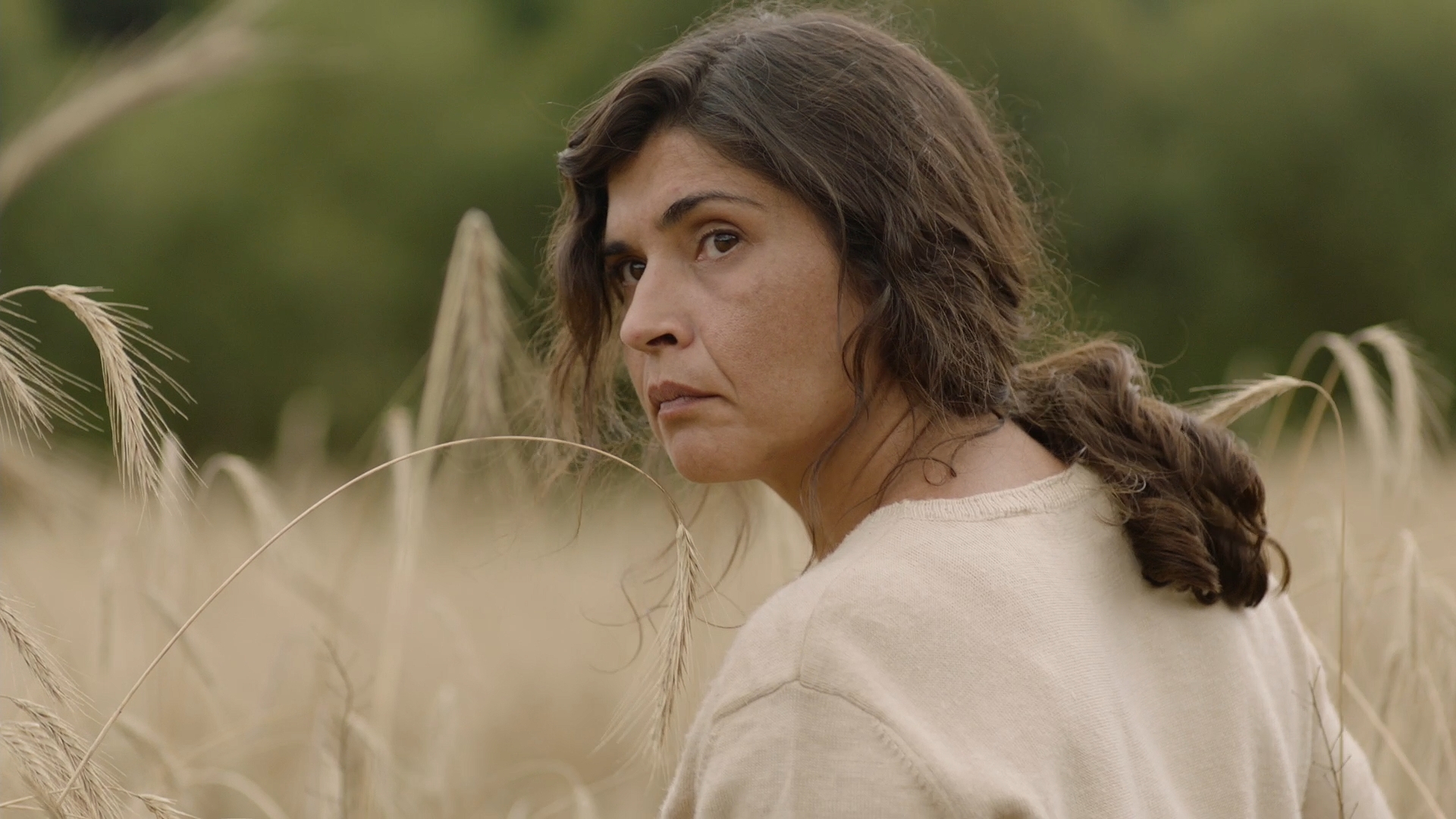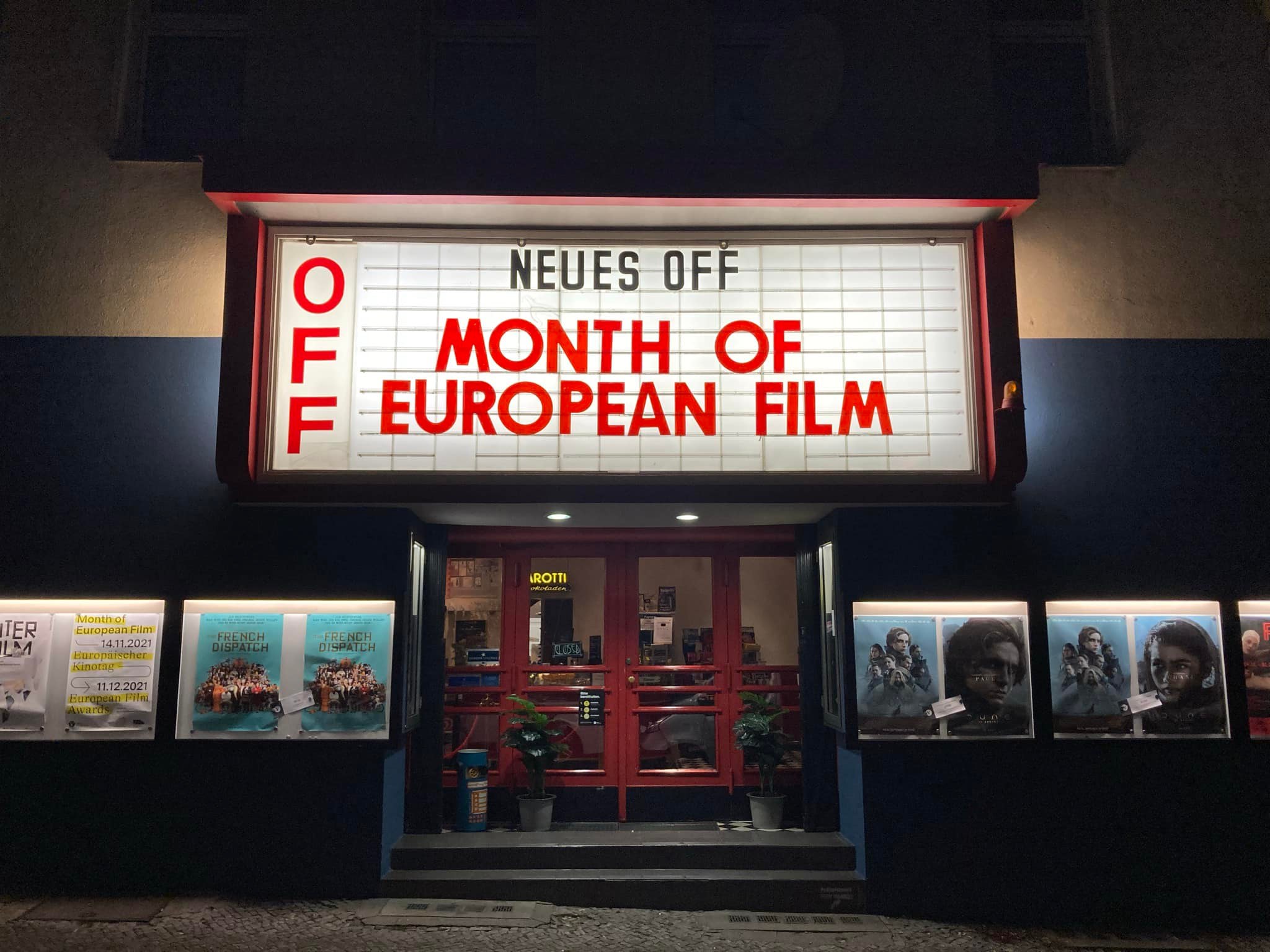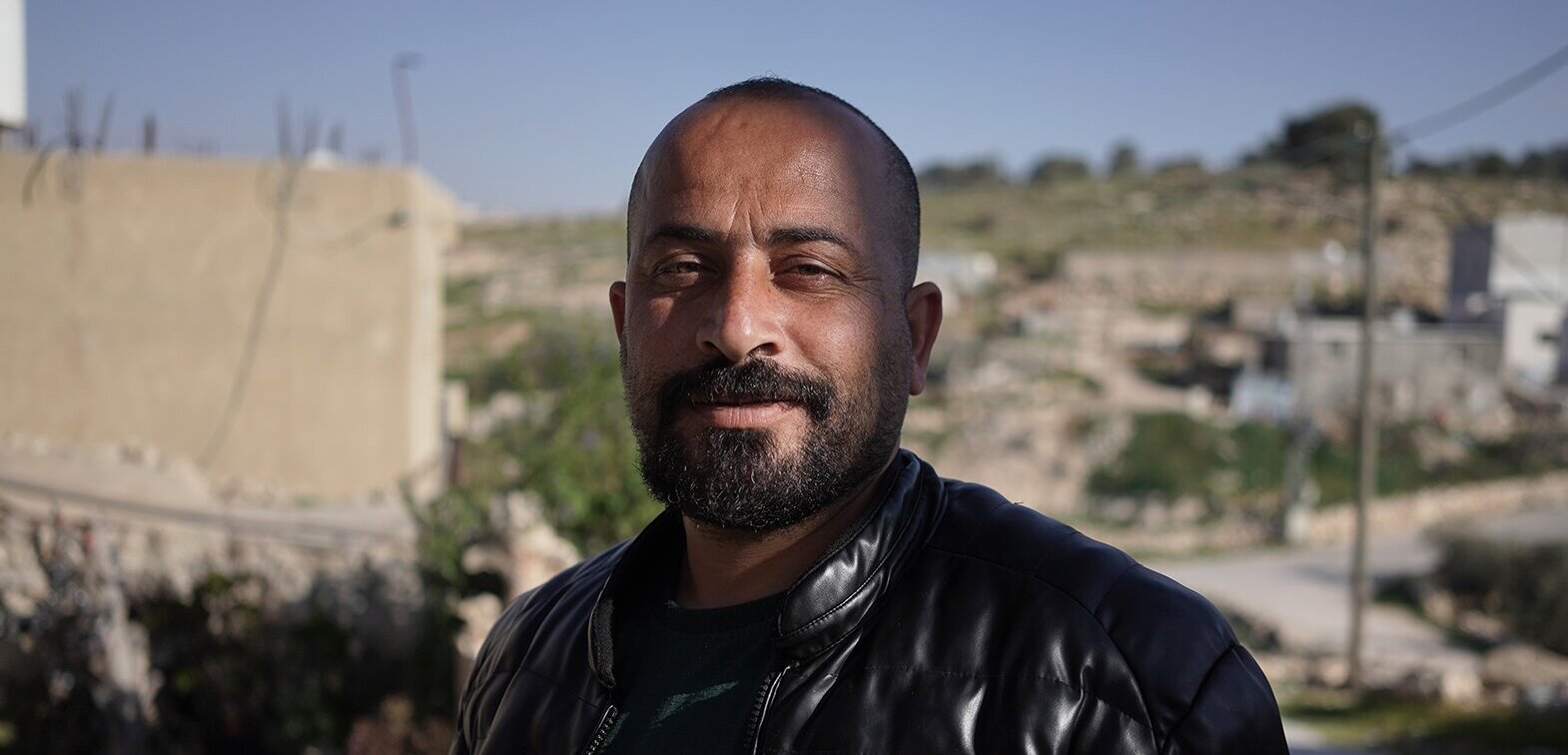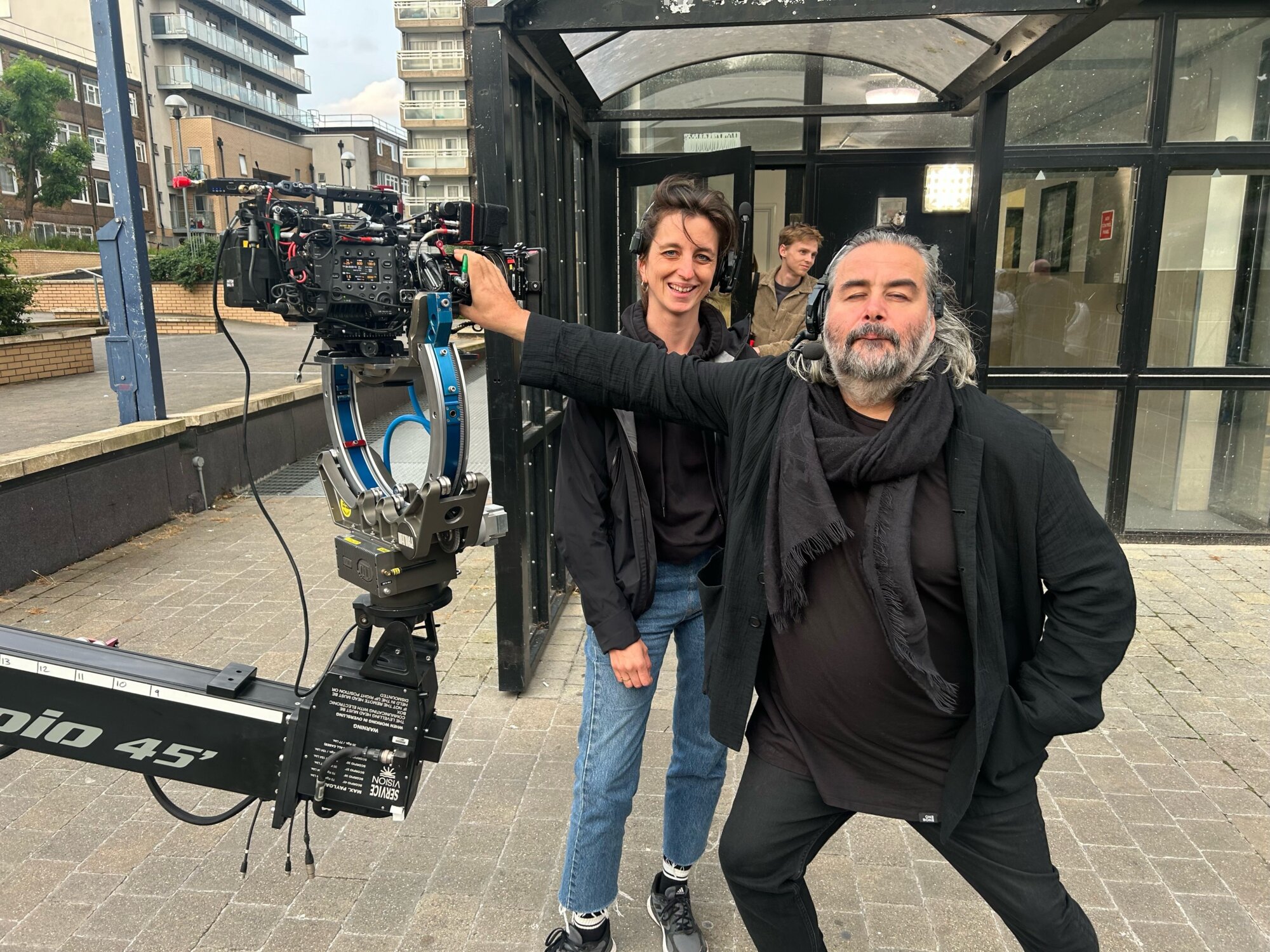THE RYE HORN
THE RYE HORN

THE RYE HORN
O CORNO
Spain, Portugal, Belgium
SYNOPSIS
1971, Francoist Spain. In the Galician countryside María assists women in childbirth. After an attempt to help a young woman in trouble, she suddenly has to hide from the authorities, leave everything behind and flee the country.
On her perilous journey to Portugal via an old smugglers’ route María encounters female solidarity and realises that she is not alone and that, thanks to the help of others, she might finally find her freedom.
CREDITS
Written & directed by: Jaione Camborda
Produced by: Jaione Camborda, Andrea Vázquez, María Zamora
Cinematography: Rui Poças
Editing: Cristóbal Fernández
Production Design: Melania Freire
Costume Design: Uxía Vaello
Make-Up & Hair: Lorena Calvo, Barbara Broucke
Original Score: Camilo Sanabria
Sound: David Machado, Sergio Silva
Visual Effects: Chris Van Osselaer
Casting: Noemi Chantada
Cast: Janet Novás (María), Siobhan Fernandes (Anabela), Carla Rivas (Luisa), Julia Gómez (Carmen), Nuria Lestegás (Mabel), Diego Anido (Juan)
STATEMENT OF THE DIRECTOR
The film THE RYE HORN is named after the “corno do centeo”, or rye horn, a fungus that could be found in the rye ears and which was widely used in Galicia because of its strong active substance. With it, women used to prepare an infusion that eased natural birth and, occasionally, that could be used in induced abortions.
This project is born out of the need to explore the relation between our body and our decisions, and the innate ability that women have to conceive and give birth.
In this film I’ve wanted to convey a more physical and mammal portrayal of the delivery, far from the hegemonic forms of representation where it usually takes a psychological and even histrionic dimension.
THE RYE HORN has a contextualised gaze to maternity, taking place in the Galician rural area at the beginning of the 1970s. During this late Francoism period, abortion was not legal and this placed women in a complex and clandestine space.
To survive in the underground, history follows a sorority chain among women that works as a refuge and support for our main protagonist.
I wanted María’s figure to be physically strong, and also endowed with a strong character that, at the same time, could hide tenderness and dedication to others.
The film suggests a timeless aesthetic that, even located in the past dialogues with the present, bringing to our days those problems that we conceive as overcome but actually keep haunting our present times.
- Feature Film Selection 2024








